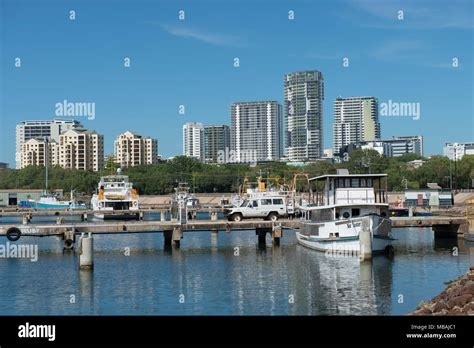Chart Color Schemes
est. as @ -- *
ABS ERP | -- people | --
2021 Census | -- people
Sales Activity
Curious about local property values? Filter the chart to assess the volume and appreciation (including resales) trends and regional comparisons, or scroll to the map below view this information at an individual property level.
Find a Recent Sale
Sales Detail
Population
An assessment of population growth drivers in Jingili reveals an overall ranking slightly below national averages considering recent, and medium term trends
Jingili's population is around 1,909 as of Aug 2025. This reflects an increase of 68 people since the Census in 2021, which reported a population of 1,841. The change is inferred from the estimated resident population of 1,906 from the ABS as of June 2024 and an additional 1 validated new address since the Census date. This level of population equates to a density ratio of 1,446 persons per square kilometer. Population growth was primarily driven by overseas migration, contributing approximately 54.2% of overall population gains during recent periods.
AreaSearch is adopting ABS/Geoscience Australia projections for each SA2 area, released in 2024 with a base year of 2022. For areas not covered by this data and to estimate growth post-2032, AreaSearch applies growth rates by age cohort provided by the ABS in its latest Greater Capital Region projections (released in 2023, based on 2022 data). Future population trends suggest an increase just below the median for Australian statistical areas, with the area expected to expand by 180 persons to 2041, reflecting a total increase of 9.3% over the 17 years.
Frequently Asked Questions - Population
Development
Residential development activity is lower than average in Jingili according to AreaSearch's national comparison of local real estate markets
Jingili receives approximately one dwelling approval annually. The Australian Bureau of Statistics provides development approval data on a financial year basis. Between the financial years 2020 to 2025, nine dwellings were approved, with none recorded so far in the financial year 2026. On average, ten people moved to the area each year for every dwelling built over these five years.
This significant demand outpaces supply, which typically influences prices upwards and increases competition among buyers. In the current financial year, $504,000 in commercial approvals have been issued, indicating a primary focus on residential development. Compared to Greater Darwin, Jingili has substantially less development activity, at 94% below the regional average per person.
This limited new construction often reinforces demand and pricing for existing homes, though building activity has increased recently. Nationally, this is also lower, suggesting market maturity and possible development constraints. By 2041, population forecasts predict Jingili will gain 177 residents. If current construction levels continue, housing supply may lag behind population growth, potentially intensifying buyer competition and supporting price growth.
Frequently Asked Questions - Development
Infrastructure
Jingili has limited levels of nearby infrastructure activity, ranking in the 2ndth percentile nationally
No infrastructure projects have been identified by AreaSearch that are likely to impact the area. Key projects include the Social Housing Accelerator Payment (SHAP) for Greater Darwin/Nightcliff, upgrades to the Royal Darwin Hospital's Mental Health Inpatient Unit and CSSD, redevelopment plans for Casuarina Square, and improvements to Nightcliff Police Station.
Professional plan users can use the search below to filter and access additional projects.
INFRASTRUCTURE SEARCH
Frequently Asked Questions - Infrastructure
Middle Arm Sustainable Development Precinct
Massive $1.5 billion sustainable industrial precinct across 1,500 hectares. Focus on renewable hydrogen, carbon capture, advanced manufacturing and minerals processing. Expected to create 20,000 jobs and transform NT economy. Joint Australian and NT Government project.
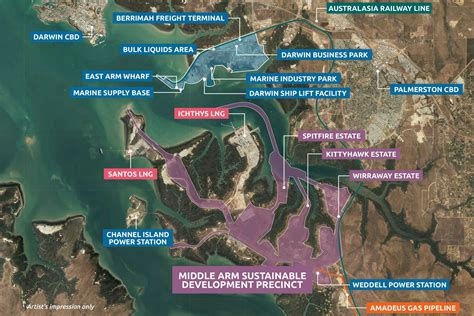
Royal Darwin Hospital (RDH) Mental Health Inpatient Unit and CSSD upgrades
Three-storey mental health facility on the RDH campus delivering 24 beds (18 inpatient + 6-bed Stabilisation Assessment and Referral Area) connected to the Emergency Department by an enclosed elevated walkway, plus upgrades to the Central Services Sterilisation Department. Managing Contractor: Sitzler. Architects: Ashford Architects (now Ashford Lamaya). Construction commenced 2023 and is tracking toward completion in 2025.
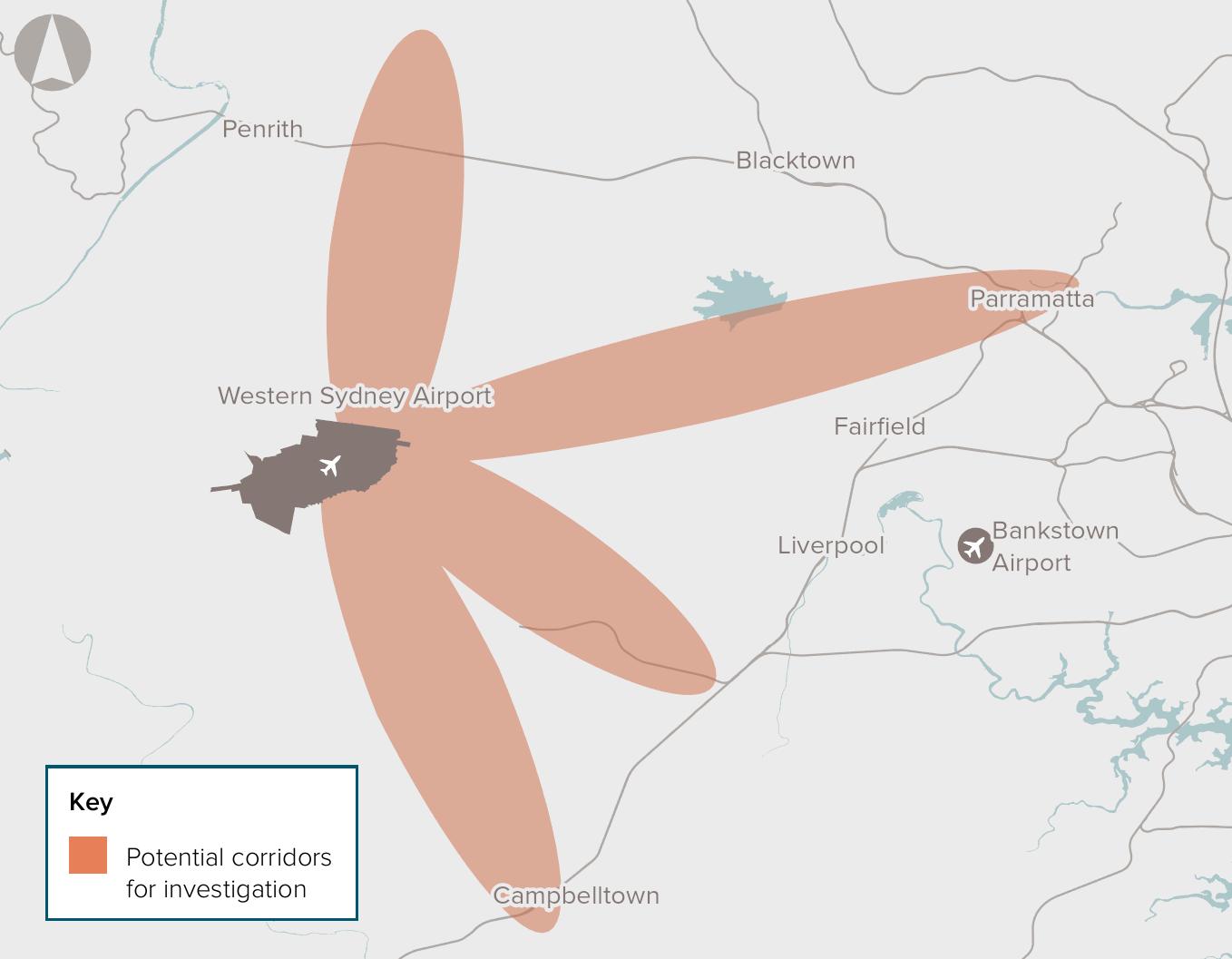
John Stokes Square Redevelopment
The Nightcliff area in Northern Territory is undergoing redevelopment, with works in the John Stokes Square already underway. The redevelopment will feature a 24 Hour Police Station, specifically designed public housing including for seniors and people living with disabilities, a pedestrian-friendly link between the Nightcliff Village and Nightcliff Shopping Centre, open space and the expansion of local services. The construction of these important amenities will create more than 250 local jobs over the lifetime of the project.

Nightcliff Police Station
New build police facility delivered as part of the John Stokes Square redevelopment. The 24/7 station provides patrol capacity, muster and interview rooms, community space, breakout areas, weapons and evidence storage, car parking and secured perimeter. Architectural facia references Nightcliff Foreshore colours. Construction commenced in 2020 and completion occurred in 2021.
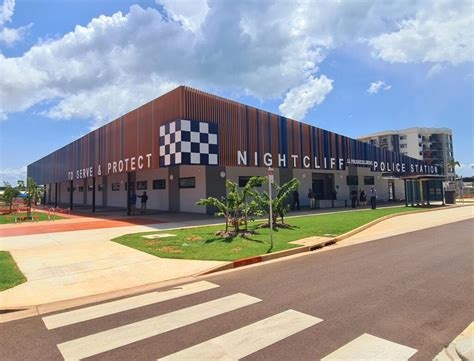
Desert Springs Octopus Renewable Energy Program
Majority Indigenous-owned developer pursuing a near-term pipeline of grid-connected solar and battery projects along the Darwin-Katherine Electricity System, with potential to expand into wind and green hydrogen. Partnership includes Octopus Australia with Larrakia Nation and Jawoyn Association to deliver utility-scale renewable energy and community benefit sharing.

Marine Industry Park
Marine and offshore industries servicing hub at East Arm, Darwin. Stage 1 planning approval is secured for a purpose-built industrial subdivision near the new Darwin Ship Lift, with expressions of interest open for serviced lots. Existing common-user facilities include an all-tide barge ramp (first point of entry) and a secure hardstand supporting storage and fabrication activities.
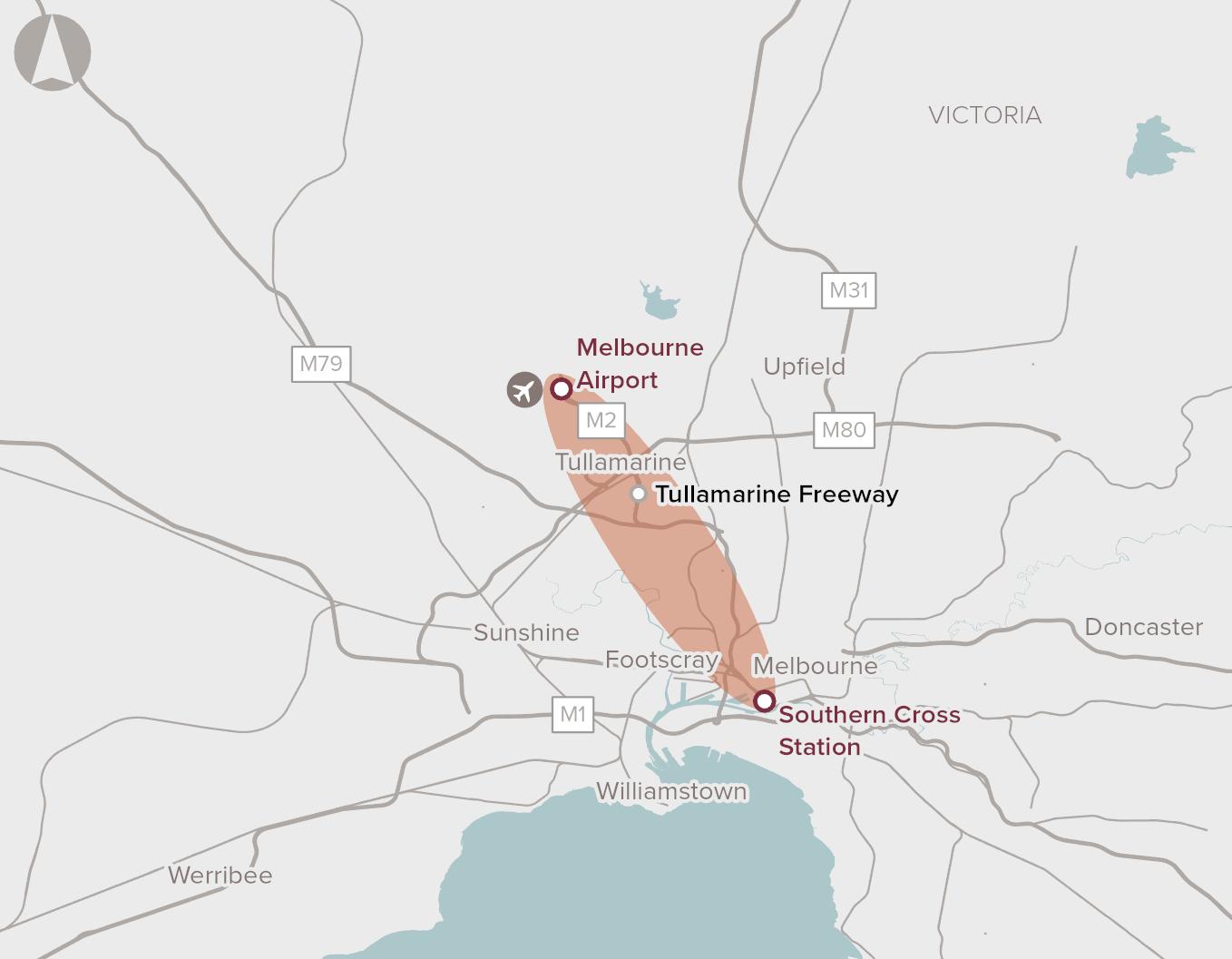
Hudson Creek Power Station
12MW natural gas-fired power plant, NT's first privately owned grid-connected gas generation facility. Features 25% lower emissions than average NT gas generators. Part of dual project with Batchelor Solar Farm, creating 162 construction jobs and providing vital grid stability to Darwin-Katherine network.

Social Housing Accelerator Payment (SHAP) - Greater Darwin / Nightcliff
Commonwealth-funded SHAP program delivering up to 100 new social and accessible homes across Greater Darwin, Katherine, Tennant Creek and Alice Springs. In Darwin's northern suburbs (including around Nightcliff), the NT Government commenced works in October 2024 with the first eight homes on vacant lots in Rapid Creek, Tiwi and Wanguri. Homes are being built to adaptable standards to better suit local climate and accessibility needs.
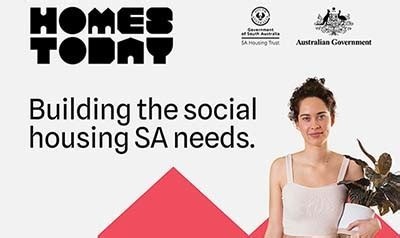
Employment
AreaSearch analysis indicates Jingili maintains employment conditions that align with national benchmarks
Jingili has an educated workforce with significant representation in essential services sectors. Its unemployment rate is 3.6%, lower than Greater Darwin's 3.0%.
Employment growth over the past year was estimated at 2.6%. As of June 2025, 1,011 residents are employed, with an unemployment rate of 3.6%, slightly higher than Greater Darwin's. Workforce participation is lower at 67.1% compared to Greater Darwin's 69.7%.
Key industries for Jingili residents are public administration & safety, health care & social assistance, and education & training. Conversely, accommodation & food services show lower representation at 6.2% versus the regional average of 8.0%. Employment opportunities appear limited locally based on Census data. In the year to June 2025, employment increased by 2.6%, labour force by 2.9%, causing unemployment to rise by 0.3 percentage points. Greater Darwin recorded employment growth of 2.9% and a marginal decrease in unemployment. State-level data for Northern Territory (NT) as of Sep-25 shows employment grew by 1.0% year-on-year, with an unemployment rate of 4.2%, outperforming the national average of 4.5%. National employment forecasts from May 2025 project a 6.6% increase over five years and 13.7% over ten years. Applying these projections to Jingili's industry mix suggests local growth of approximately 6.5% over five years and 13.4% over ten years, though this is a simplified extrapolation for illustrative purposes.
Frequently Asked Questions - Employment
Income
Income metrics indicate excellent economic conditions, with the area achieving higher performance than 75% of national locations assessed by AreaSearch
AreaSearch aggregated latest postcode-level ATO data for financial year 2022, indicating Jingili had a median taxpayer income of $62,481 and an average income of $72,765. Nationally, these figures are high compared to Greater Darwin's median of $65,522 and average of $75,260. By March 2025, adjusted for Wage Price Index growth of 10.44%, estimated incomes would be approximately $69,004 (median) and $80,362 (average). Census data ranks Jingili's household, family, and personal incomes between the 82nd and 87th percentiles nationally. Income distribution shows that 31.4% of locals earn between $1,500 - 2,999 weekly, reflecting broader area patterns where 36.7% fall into this range. A substantial proportion (37.6%) earn above $3,000 weekly, suggesting strong economic capacity in the district. Housing expenses account for 13.4% of income. Residents rank within the 88th percentile for disposable income and the area's SEIFA income ranking places it in the 6th decile.
Frequently Asked Questions - Income
Housing
Jingili is characterized by a predominantly suburban housing profile, with above-average rates of outright home ownership
Jingili's dwellings, as per the latest Census, were 97.8% houses and 2.2% other dwellings (semi-detached, apartments, 'other'). Darwin metro had 68.4% houses and 31.6% other dwellings. Home ownership in Jingili was 28.3%, with mortgaged dwellings at 46.8% and rented ones at 24.9%. The median monthly mortgage repayment was $2,015, below Darwin metro's $2,028. The median weekly rent was $400, higher than Darwin metro's $350. Nationally, Jingili's mortgage repayments exceeded the Australian average of $1,863, while rents were above the national figure of $375.
Frequently Asked Questions - Housing
Household Composition
Jingili features high concentrations of group households and family households, with a higher-than-average median household size
Family households account for 77.9% of all households, including 35.5% couples with children, 22.2% couples without children, and 17.5% single parent families. Non-family households constitute the remaining 22.1%, with lone person households at 15.1% and group households comprising 6.1%. The median household size is 3.0 people, which is larger than the Greater Darwin average of 2.7.
Frequently Asked Questions - Households
Local Schools & Education
The educational profile of Jingili exceeds national averages, with above-average qualification levels and academic performance metrics
The area's educational profile is notable regionally, with university qualification rates at 33.8% for residents aged 15+, surpassing the Northern Territory average of 27.3% and the Australian average of 30.4%. Bachelor degrees are most prevalent at 20.6%, followed by postgraduate qualifications (8.6%) and graduate diplomas (4.6%). Vocational credentials are also prominent, with 30.7% of residents aged 15+ holding such qualifications - advanced diplomas at 9.5% and certificates at 21.2%.
Educational participation is high, with 35.3% of residents currently enrolled in formal education. This includes 13.0% in primary education, 8.6% in secondary education, and 7.3% pursuing tertiary education. Jingili Primary School serves the local community within Jingili, with an enrollment of 245 students. The school demonstrates typical Australian school conditions (ICSEA: 1016) and offers balanced educational opportunities. There is one primary school in Jingili, focusing exclusively on primary education, while secondary options are available in surrounding areas. School places per 100 residents stand at 12.8, below the regional average of 16.9, indicating that some students may attend schools in adjacent areas.
Frequently Asked Questions - Education
Schools Detail
Nearby Services & Amenities
Transport
Transport servicing is good compared to other areas nationally based on assessment of service frequency, route connectivity and accessibility
Jingili has ten active public transport stops operating, all of which are bus stops. These stops are served by twenty-four unique routes that together facilitate 1,273 weekly passenger trips. The accessibility to these stops is rated as excellent, with residents typically located 185 meters from the nearest one.
On average, there are 181 trips per day across all routes, which equates to approximately 127 weekly trips per individual stop.
Frequently Asked Questions - Transport
Transport Stops Detail
Health
Jingili's residents boast exceedingly positive health performance metrics with very low prevalence of common health conditions across all age groups
Jingili's health outcomes show exceptional results, with very low prevalence rates for common health conditions across all age groups.
Approximately 56% (~1,069 individuals) of Jingili's total population has private health cover. The most prevalent medical conditions are arthritis and asthma, affecting 5.5% each of residents. A significant majority, 77.1%, reported being completely free from medical ailments, comparable to the 77.0% figure for Greater Darwin. As of 2021-2022 data, 11.4% (218 people) of Jingili's residents are aged 65 and above. Notably, health outcomes among seniors align with those of the general population.
Frequently Asked Questions - Health
Cultural Diversity
Jingili was found to be more culturally diverse than the vast majority of local markets in Australia, upon assessment of a range of language and cultural background related metrics
Jingili's population exhibited high cultural diversity, with 26.0% born overseas and 21.3% speaking a language other than English at home. Christianity was the predominant religion in Jingili, comprising 39.2% of its population. Buddhism's representation stood at 3.0%, higher than Greater Darwin's 4.1%.
The top three ancestry groups were English (21.1%), Australian (20.6%), and Other (12.3%). Notably, Welsh was overrepresented in Jingili at 0.9% compared to the regional average of 0.4%. Australian Aboriginal representation matched the regional percentage at 7.4%, while Greek showed a slight underrepresentation at 3.3% versus Greater Darwin's 3.7%.
Frequently Asked Questions - Diversity
Age
Jingili's population is slightly younger than the national pattern
Jingili's median age is 36, which is slightly higher than Greater Darwin's figure of 34 but lower than Australia's national median age of 38. Compared to Greater Darwin, Jingili has a higher proportion of residents aged 5-14 (17.8%) but fewer residents aged 25-34 (11.2%). This 5-14 concentration is notably higher than the national average of 12.2%. Between the 2021 Census and the most recent data, Jingili's population has seen an increase in the proportion of residents aged 5 to 14, from 15.6% to 17.8%, and a rise in the 15 to 24 age group from 11.7% to 13.2%. Conversely, the 65 to 74 cohort has decreased from 7.7% to 5.7% and the 35 to 44 age group has dropped from 17.3% to 16.0%. Population projections for the year 2041 indicate significant demographic shifts in Jingili, with the 65 to 74 cohort expected to grow by 50%, adding 53 residents to reach a total of 162. However, both the 0 to 4 and 55 to 64 age groups are forecasted to decrease in number.

